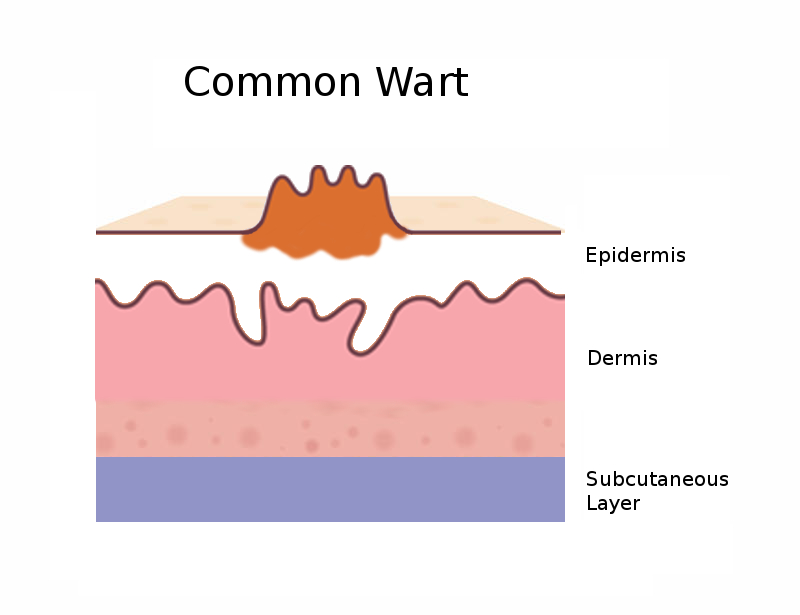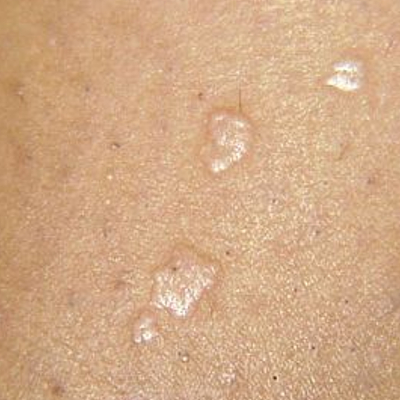
What is the CryoPen?
CryoPen™ is an advanced cryotherapy innovation that is a fast, effective, safe and new solution for removal of skin imperfections. Cryotherapy is a relatively low-risk procedure. Cryopen™ precisely delivers a fine jet of N 2O directly to the area, and not the healthy surrounding tissue. Cryopen™ is both CE and FDA registered.
How does the CryoPen work?
The CryoPen™ uses N 2O at a temperature of –89°C under high pressure, which allows the clinician to work with millimetre precision. The targeted tissue is detroyed by freezing the inter-cellular fluid, forming ice shards and crystals which rupture the membrane, thereby destroying the cell. That means there will be little or no damage to healthy tissue. It’s accurate and practical.
Why do people have CryoPen treatments?
Cosmetic procedures such as skin tags, millia and cherry angiomas are no longer being treated by many doctors on the NHS. With the CryoPen™ you can now have these treatments at Moyal Therapies. The procedure is fast and effective.
How does the CryoPen treatment feel?
During the treatment you might feel a stinging cold sensation. Immediately afterwards you might have sensation similar to a stinging nettle on the skin. There might be residual stinging for 10-15 minutes after treatment. The area may also be slightly itchy for about ten minutes. Over the next 24 hours a blister might form. As with any blister some may be painful, but this is relatively rare.
What can I expect during my CryoPen treatment?
A consultation will be given prior to starting the treatment, and you will be made aware of any risks involved and have a chance to ask questions. The duration of the treatment time will depend on the surface area, the thickness of the tissue being treated and your skin colour. This will be decided upon inspection of the skin imperfection and the clinician will choose an application time from 5 to 30 seconds. After the treatment you will be given an after-care sheet to take away (also available to download from this website)
Are there any adverse effects?
Cryotherapy usually goes smoothly, is very safe and any adverse effects are rare. There has never been a reported allergy to N 2O, which is used to freeze the lesion. The most common adverse effects of Cryotherapy are swelling and blistering, pain, pale discolouration of the skin and rarely infection. Your therapist will take every precaution to minimise any risks.
Swelling - Swelling can occur within 24 hours of the treatment, this is most common when lesions around the eyes, forehead and temples have been treated. Severe swelling is rare. The swelling will resolve naturally over the next few weeks, and may be worse in the morning.
Blistering - The goal of Cryotherapy is to achieve a blister. However, often the blister is so thin that it can't be seen and it may have minimal swelling. Sometimes, a blood blister wil form which can look quite dramatic but is harmless.
Pain – As with any blister, be it from wearing tight shoes, an oven burn or from Cryotherapy, it can be slightly painful. The pain should for most people be temporary, and subside within a day or so.
Infection - Rarely, the blister may become infected. When this happens, the blister becomes unusually tender, the fluid becomes cloudy, and the redness around it becomes more extensive. Contact the clinic or your GP if this happens, as a course of antibiotics might be needed. Cryotherapy does not generally leave scars, however if the blister becomes infected it increases the likelihood of a scar occurring.
Headache - Rarely, when lesions are frozen around the scalp and temples, a headache may follow. This should go away within a few hours and an over the counter painkiller can be taken for pain relief.
Fever - A fever lasting for up to 24 hours has been reported following Cryotherapy. It is extremely rare, and the reason for this is uncertain.
Pale discolouration - Some lesions, especially those on the face, may leave a slight pale discolouration. True scarring, involving deeper layers of the skin is unlikely.
Nerve Freezing - In some areas, where the nerves lie very close to the skins surface, the nerves can be frozen. This can cause numbness. However, the nerves will in most instances regenerate slowly, bringing feeling back to the treated area.
Your therapist will discuss the risks associated with Cryotherapy with you before your treatment.










The majority of warts have a very distinct appearance, looking like little rough bumps usually round in shape and less than one centimetre wide.
However, one type of wart which can often be confused with a skin tag is the filiform wart. The filiform wart is caused by a subtype of the HPV virus. More than 70 subtypes of the HPV virus are known, each causing different types of warts on different parts of the body.